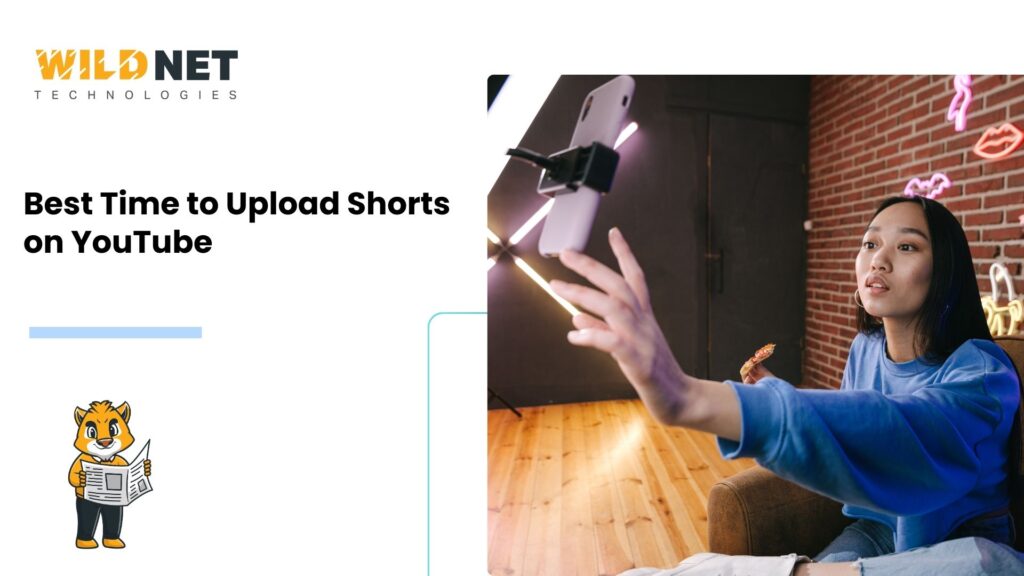Local SEO is the engine that drives foot traffic, phone calls, and real-world conversions for local businesses. It ensures that when someone in your area searches for your products or services, your business appears prominently on Google Search and Maps. But visibility is only half the equation. To truly succeed with Local SEO, you must track the right metrics—the kind that tell you what’s working, what’s not, and where to invest your efforts.
In this in-depth guide, we explore the key Local SEO metrics you can’t afford to ignore. These metrics are more than just numbers—they’re insights into your visibility, engagement, and conversions.
1. Google Business Profile Views
Your Google Business Profile (GBP) serves as your digital storefront on Google Search and Maps. The number of times your profile is viewed reflects how often your business appears in search results for relevant local queries.
Tracking GBP views helps you understand your visibility. If views are increasing, it means your listing is appearing more frequently in response to user searches. A drop could indicate poor keyword optimization or a decrease in relevance. Google breaks these views into two types: Search (when users find you in Google Search) and Maps (when users find you in Google Maps). Monitoring both gives you a complete picture of your local reach.
2. Clicks on Google Business Profile Actions
Views show visibility, but clicks indicate engagement. Within your GBP, users can take actions such as visiting your website, calling your business, or requesting directions. Each of these actions is a sign of user interest and potential conversion.
High click-through rates (CTR) on your GBP indicate that your profile is compelling—your business description, photos, and reviews are persuasive enough to prompt users to act. By tracking these clicks, you can pinpoint which aspects of your profile need improvement and which are working effectively.
3. Local Pack Rankings
The Local Pack is the set of three business listings that appear under the map in Google’s search results. These listings get significant visibility and clicks, especially for mobile users.
Tracking your position in the Local Pack for relevant keywords is vital. If you’re not showing up here, you’re likely missing out on a large share of local traffic. Tools like BrightLocal and Whitespark can help monitor these rankings across different geographic locations and search terms.
4. Local Keyword Rankings
Just as with traditional SEO, keyword rankings are a crucial metric for Local SEO. But in this case, the focus is on location-specific keywords such as “plumber near me” or “Italian restaurant in San Diego.”
These rankings tell you whether your content and website optimization efforts are aligned with what your local audience is searching for. Ranking well for relevant local terms means your site is likely receiving more qualified, intent-driven traffic.
5. Citation Consistency
Citations refer to your business’s name, address, and phone number (NAP) as listed across directories such as Yelp, TripAdvisor, and Bing Places, among others. Citation consistency ensures that search engines and users can trust the information about your business.
Inconsistent NAP data can confuse Google, lower your local rankings, and reduce consumer trust. Tools like Moz Local and Yext can scan hundreds of directories for discrepancies and help you correct them.
6. Online Reviews and Star Ratings
Reviews are one of the most influential factors in local rankings. They also serve as social proof that builds trust with potential customers. Google considers both the quantity and quality of reviews, as well as the recency of their posting.
A steady stream of positive reviews signals to Google that your business is active and reputable. It also encourages more users to choose your business over competitors. Actively respond to reviews—positive or negative—as this demonstrates your value of customer feedback.
7. Conversion Rate from Local Traffic
It’s not just about bringing in traffic, it’s about converting that traffic into actual customers. Your conversion rate measures how effectively your local SEO efforts drive users to take actions, such as booking appointments, making purchases, or calling your business.
By setting up conversion tracking through tools like Google Analytics or CallRail, you can tie specific local search behaviors to real-world outcomes. This helps optimize your marketing spend and refine your strategies.
8. Local Landing Page Performance
Local landing pages are individual pages targeting specific cities, neighborhoods, or service areas. These pages are essential for ranking in location-based searches.
Monitor metrics like bounce rate, average time on page, and goal completions on these pages. High engagement suggests the content is relevant and helpful; high bounce rates may indicate that users aren’t finding what they expected. Ensure each landing page is tailored with local keywords, testimonials, maps, and unique content.
9. Driving Direction Requests
Direction requests on your GBP are a strong signal of user intent. People asking for directions are often close to making a decision. This metric is particularly beneficial for brick-and-mortar businesses, such as restaurants, clinics, and retail stores.
Monitor these requests over time to identify peak periods of interest and evaluate the effectiveness of promotional campaigns. An uptick may correlate with seasonal demand or recent updates to your GBP.
10. Click-Through Rate (CTR) from Local SERPs
Your CTR reflects how appealing your business listing is in the search results. Even if you’re ranking high, a poor CTR suggests that your meta descriptions, titles, or listing content aren’t convincing enough to drive clicks.
Improving CTR involves enhancing your listing’s appeal by writing clearer titles, incorporating relevant keywords, adding emojis or formatting elements, and regularly updating content to stay fresh and relevant.
Conclusion
The success of your Local SEO efforts hinges on more than just showing up in search results it depends on how users interact with your listings, how consistent your brand appears online, and how well your local content converts.
By tracking and optimizing the above metrics, you gain actionable insights that help you attract more local customers, improve your online reputation, and ultimately grow your business. Remember: what gets measured gets improved. Start measuring the right things today, and you’ll stay ahead of the competition tomorrow.






